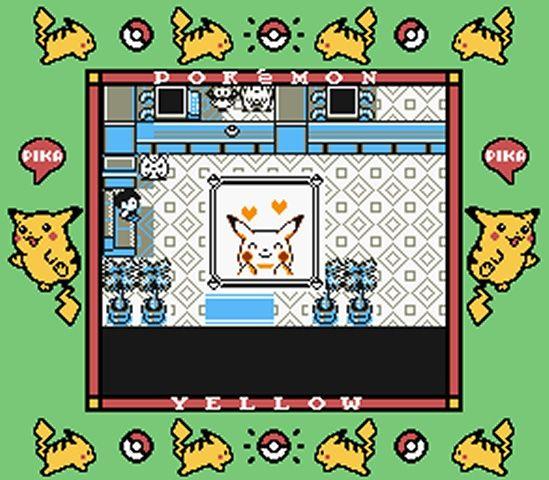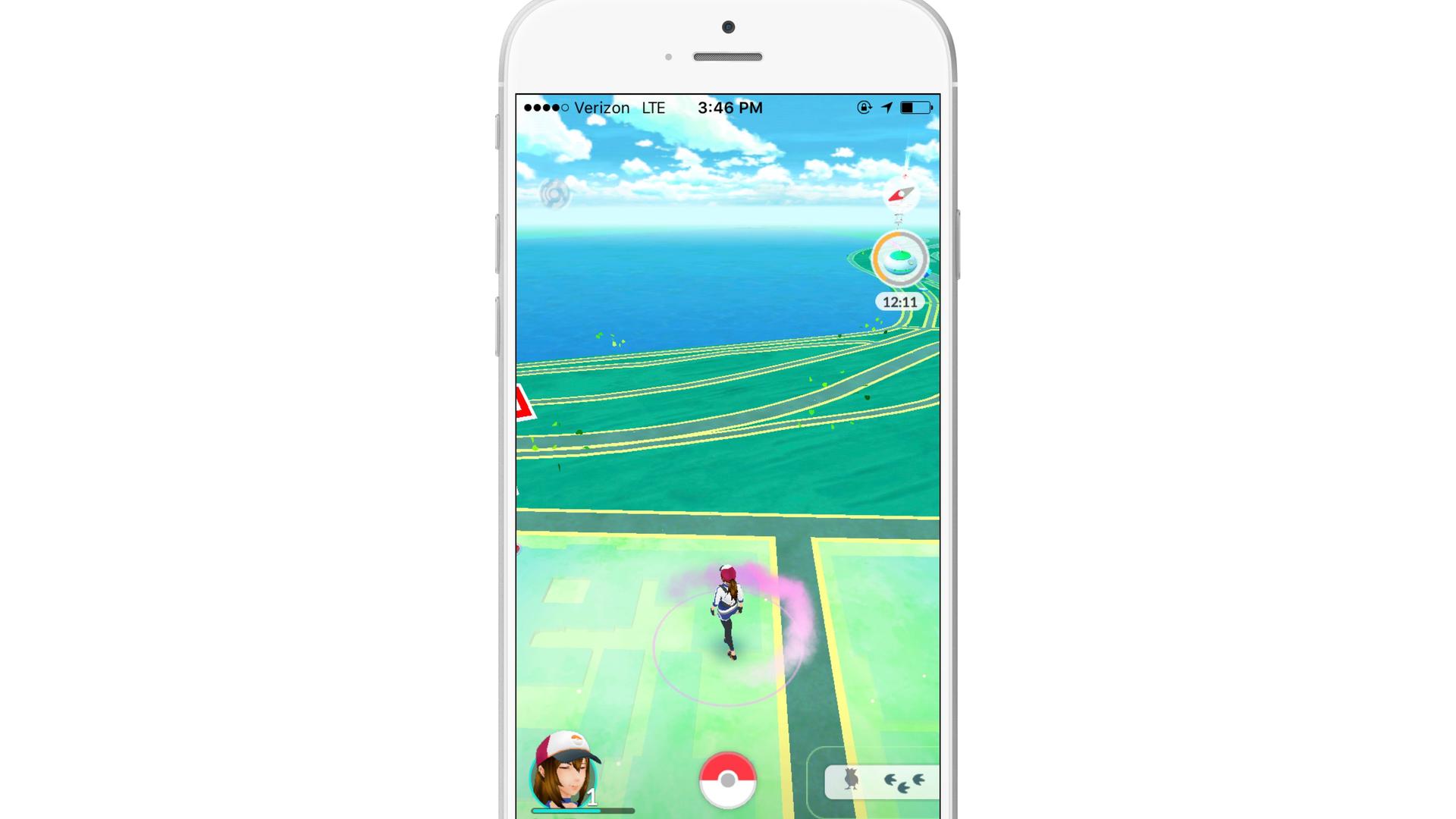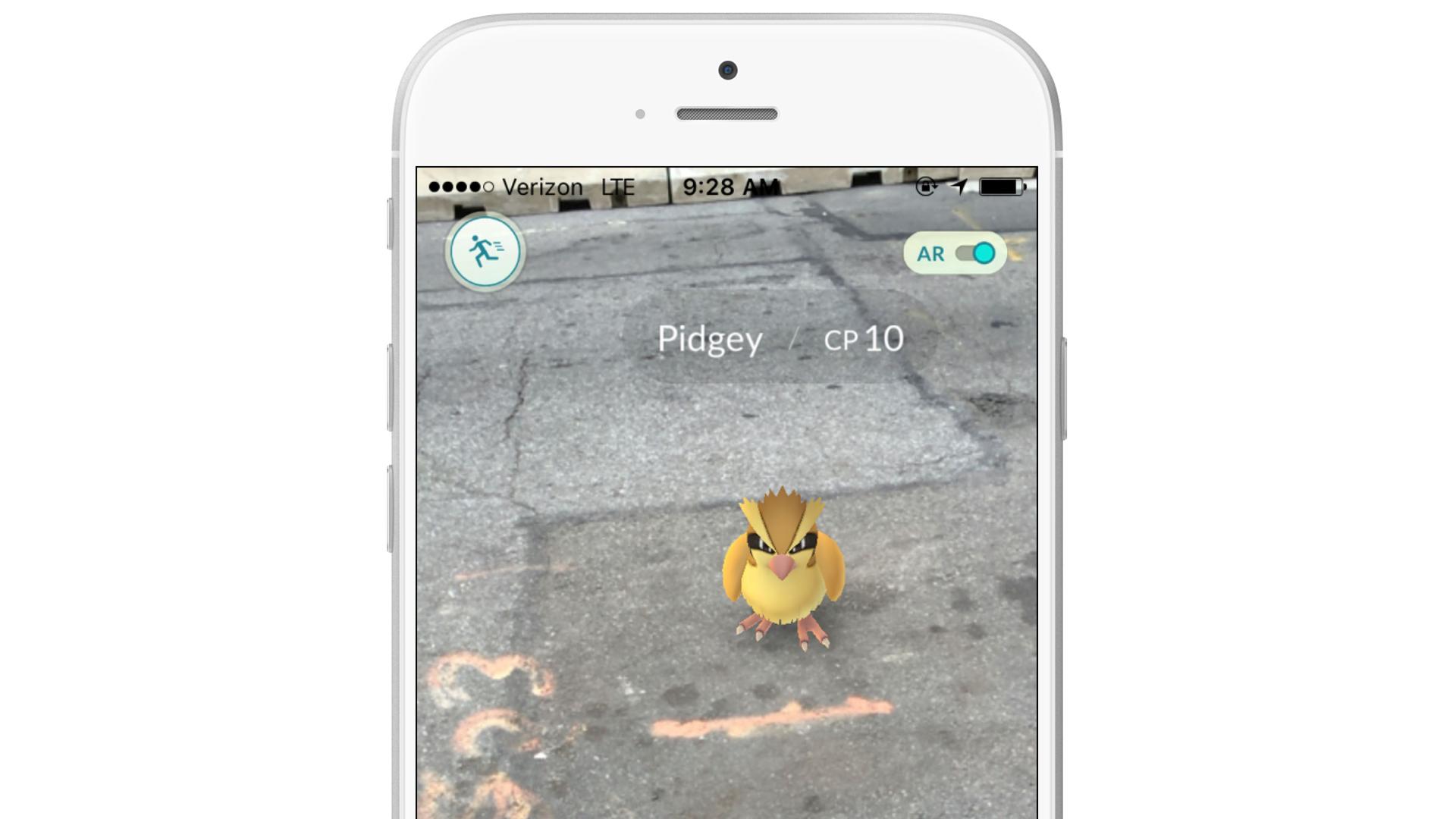Pokémon Go is the AR Revolution We’ve Been Waiting For. Now What?
Published on July 15, 2016/Last edited on July 15, 2016/7 min read


Todd Grennan
Content Production Principal, Content Marketing at BrazeOver the past five years, there’s been a lot of talk about augmented reality (AR). Rumors about the upcoming launch of new AR platforms and technologies. Rumblings about the massive amounts of money that AR startup Magic Leap is raising. The high-profile launch and lower-profile discontinuation of pioneering AR headset Google Glass. But, for all the hype, Snapchat’s iconic face-altering lenses were arguably the only AR implementation to actually break into the mainstream.
Earlier this month, that changed.
On July 6, Nintendo launched its new, AR-powered Pokémon Go mobile app for iOS and Android. And then everything just exploded. Driven by nostalgia and an AR user experience that most users have never had before, the app hit the top of the U.S. Apple App Store in less than five hours and within weeks of release was on the verge of overtaking Twitter in active Android users. Every publication you can imagine did a piece on Pokémon Go. Stories of monster collecting gone wrong repeatedly went viral. My brother voluntarily went to the park.
Clearly something big is going on.
Even if you never played or cared about Pokémon growing up, even if you’re a little sick of all the news coverage and posts on your friend’s social media accounts, there’s something here, something that’s going to have a big impact on how brands build relationships with their users going forward. But to get ready, you have to understand why Pokémon Go blew up the way it did, and what that means for the future of augmented reality marketing and customer engagement.
So, let’s dig a little deeper.
The Pokémon Go experience and why it’s so transformative
When Pokémon launched in Japan all the way back in 1996, it was as a game for Nintendo’s handheld GameBoy system. Users traveled through two-dimensional levels, capturing Pokémon (AKA pocket monsters) and then trading them or battling other players using their captive monsters.

Source: Nintendolife.com
The game—inspired by the Japanese hobby of bug collecting—quickly grew into a phenomenon. An internationally popular TV show, movie, and card game followed, along with numerous Pokémon video games, becoming almost ubiquitous for a time before settling into a lower-profile success that’s continued for 20 years. So it’s not surprising that Pokémon Go has a large and active user base; what is surprising is just how wide and how active that audience has proved to be.

New York City’s Central Park Reservoir in Pokémon Go’s augmented reality
Pokémon Go has two big things going for it: the accumulated fandom and nostalgia that Pokémon has collected, which has allowed the game to draw in both children and adults who played or watched Pokémon when they were children, and the fact that its AR features take a central element of the Pokémon experience—namely wandering around, capturing monsters—and make it more vivid and more real than ever before. Combined, they’ve resulted in a phenomenon.
What the success of Pokémon Go means for other brands
All the excitement and hype around Pokémon Go has gotten marketers excited about it, too—and not because they’ve always dreamed of capturing a Charmander in Brooklyn Bridge Park (though that might also be a factor).
Niantic Labs, the company that developed Pokémon Go, was originally part of Google and the game draws heavily on Google’s location mapping capabilities to encourage players to explore their surroundings on foot, capturing monsters and stopping in now and then at locations where they can acquire tools and train their Pokémon.

A Pokémon overlaid on a real New York City street
Already, bars, coffee shops, and other businesses that have been designated as Pokéspots and Pokémon Gyms have started rolling out promotions and discounts to hold onto the customers that the game has brought to them, and Nintendo and Niantic are expected roll out sponsorship options that will allow brands to pay to have Pokémon-related locations associated with their stores. And some marketers have started trying to work out more advanced strategies to leverage the game to attract and retain customers.
But the most significant thing about the success of Pokémon Go for marketers may be the impact it’s having on perceptions of AR. While the market for AR is expected to hit $90 billion by 2020, most consumers have never used the technology themselves (except via Snapchat lenses) and are only familiar with the term “augmented reality” in connection with the failure of Google Glass, if they’re familiar with it at all. Pokémon Go shows that, yes, customers will engage with AR if the value of doing so is clear to them.
That will probably lead to an explosion in new AR-enabled mobile games in the months and years to come. But it will also likely lead brands in other verticals to begin exploring how to use AR to provide their customers with the same kind of immersive, engaging experience that Pokémon Go fans are enjoying right now.
What will that look like? Here’s a few possibilities:
1. Retail
For retail brands, AR could provide a more effective way to use smartphones and other mobile devices to drive in-store sales. Imagine holding up your phone in a clothing store and being able to see blue, digitally-created balloons floating above the items that are on sale and red ones hovering over products that are recommended for you based on your past purchases.
2. Travel
AR could be a transformative technology for the travel and hospitality vertical, providing customers with the ability to walk through the hotel room they’re considering before they book it, or to give users the ability to take a walking tour of different potential vacation locations while strolling through a park two blocks from their house. By giving customers a more vivid, more complete look at their travel and housing options, AR could help hotel and flight apps nudge their audiences to book more frequent trips or encourage more frequent upgrades.
3. Media
Media brands’ use of AR in their app and web presences will probably focus on finding ways to incorporate their existing written, music, or video content into the real world in engaging ways. But over the long term, it’s possible that we’ll see more media specifically built for the AR experience—TV shows that seem to play out in the real world surrounding you, or music that changes the colors and shape of the path you’re jogging in connection with its rhythms.
Final thoughts on augmented reality marketing
The world keeps changing, and it’s up to brands to keep up. Not every brand—or even every vertical—will end up adding AR features to their apps or websites, but as AR, VR, and other new technologies emerge and become part of our day to day lives, marketers who aren’t thinking about how to potentially leverage them are taking a big risk: the risk that they’ll be left behind by their competitors and, eventually, their customers.
To avoid that, brands need to ensure that when they’re thinking about AR and other emerging tech, they’re focusing on how they can use that technology to improve their audience’s experience of their brand and to provide real value to their customers. Ultimately, long-term business success is about building strong, durable relationships with your customers that are mutually beneficial for audience and brand alike. New technologies are great when they support those relationships, but if adding AR to your app or website doesn’t do that, then it’s time to reconsider whether it’s in your benefit to add it at all.
Releated Content
View the Blog
The new inbox reality: How iOS changes are reshaping email marketing

Aparna Prasad

Experience optimization: Turning data insights into better journeys

Team Braze

December 2025 Bonfire Marketer of the Month: Jagex’s Emma Oliver
